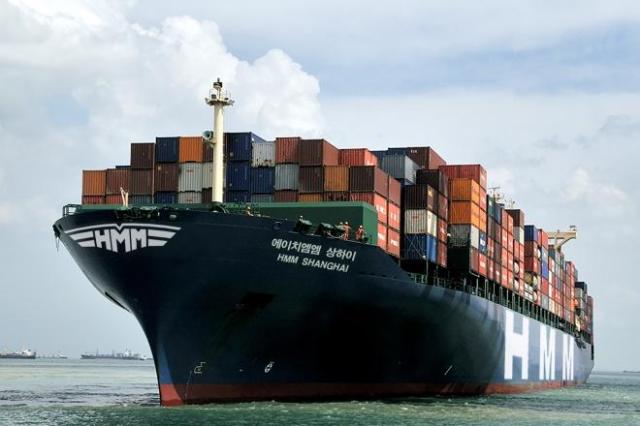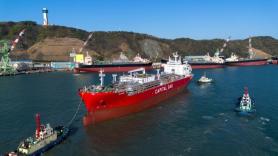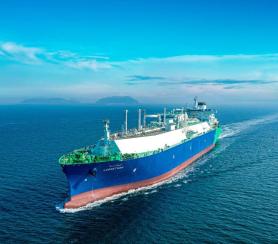
As of the first week of May, new container ship orders reached approximately 1.65 million twenty-foot equivalent units (TEUs), nearly equaling the 20-year annual average of 1.71 million TEUs, according to industry data released Wednesday. That figure represents a 285 percent increase from the same period last year.
The surge stands in contrast to the rest of the shipbuilding sector. Overall global vessel orders dropped nearly 50 percent year-on-year to 12.59 million compensated gross tons (CGT), a standard measure that adjusts for ship complexity and labor intensity.
Analysts and industry observers had expected a slowdown in container ship demand, particularly as new vessels ordered during the pandemic began entering service.
Compounding the skepticism were forecasts of weakening global trade amid revived protectionist policies under U.S. President Donald Trump.
In January, the Export-Import Bank of Korea projected a 32 percent decline in overall shipbuilding orders for the year, citing diminished demand for both LNG carriers and container ships.
But the recent uptick suggests a more complex picture.
“Despite massive supply of container vessels already entering the market with more to come, shipowners continue purchasing container ships,” said Han Young-soo, an analyst at Samsung Securities. “This can be explained by replacement demand to comply with environmental regulations.”
The International Maritime Organization in April approved new measures to regulate greenhouse gas emissions for ships over 5,000 tons starting in 2027. Penalties for excess emissions will range from $100 to $380 per ton, prompting shipping companies to replace older fleets with more energy-efficient models.
Flush with cash from elevated freight rates during last year’s crisis in the Red Sea — disruptions caused by the Israel–Hamas war — container carriers are accelerating the transition to low-emission vessels.
The demand has been particularly robust for feeder container ships, smaller vessels typically under 3,000 TEU used on regional routes. South Korea’s HD Hyundai Mipo has secured contracts for 16 of the 33 feeder ships ordered globally this year, making it the market leader in that category.
South Korean shipbuilders are also poised to benefit from geopolitical headwinds.
The Trump administration has announced a new tariff targeting Chinese-built and Chinese-flagged ships, imposing a $50 per ton levy on vessels docking at U.S. ports starting in October. That figure is set to rise to $140 per ton by 2028.
Copyright ⓒ Aju Press All rights reserved.




